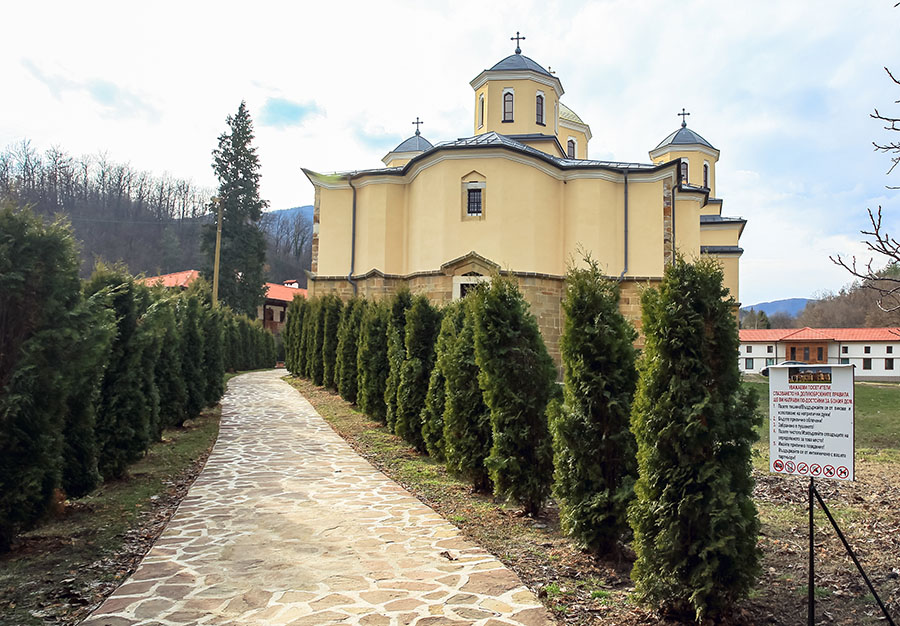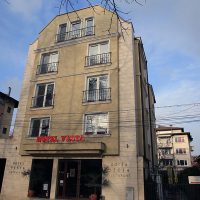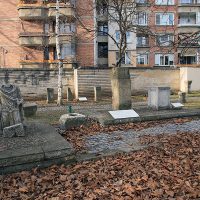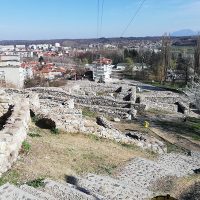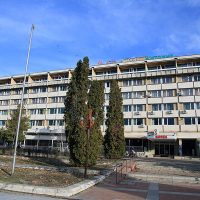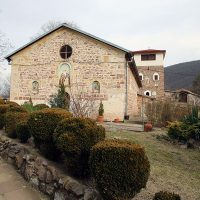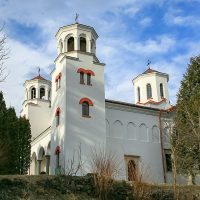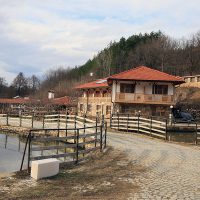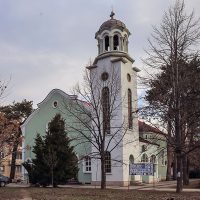








Loupshanski Monastery, dedicated to “St. John the Forward-walker”, is located in the western part of the Balkan mountains, near the river Dalgopolska Ogosta. The present buildings are built over an older monastery from the 14th century. Often burned down and devastated by the Turks, the monastery was long uninhabited, hence the name of Desert Monastery. In 1850, the monks Dionysius, Gideon and Gherasim began the reconstruction of the monastery. A monastery school was also opened, and secret meetings were held in the church between the rulers of the region, one of the conspirators being the Archimandrite Dionysius, abbott of the monastery. The entire monastery complex, with the church, the residential and household buildings, the chapel with the ossuary and the shrine, was created by the master Lilo from the Slavine School, who has twice visited the Rila Monastery for this purpose. The monastery church thus became practically a copy of the one in Rila, being the third largest in the country, with three naves, three apses, a pseudo-basilica, two lateral chapels and stone reliefs depicting soldiers, animals, birds. The church, large and imposing, has an iconostasis, a magnificent sculpted art achievement of the Samokov School, as well as splendid icons painted by brothers Stanislav and Nicola Dospevski, the successors of the renowned painter Zaharia Stoianov from Samokov. Particularly impressive are those with Jesus Christ and the Virgin Mary, made in 1863 by Stanisalv Dospevski. The monastery is famous for the icon of the Virgin Mary, a miracle worker, who saved and healed many people, but also for the armored icon of the Virgin Mary, found built into an old wall. In the courtyard of the monastery, besides the marvelous fountain of 1856, ornamented with embossings, there is also the new church, similar to the old Roman one near the monasteries, as well as the exhibition of icons.
Download PDF
